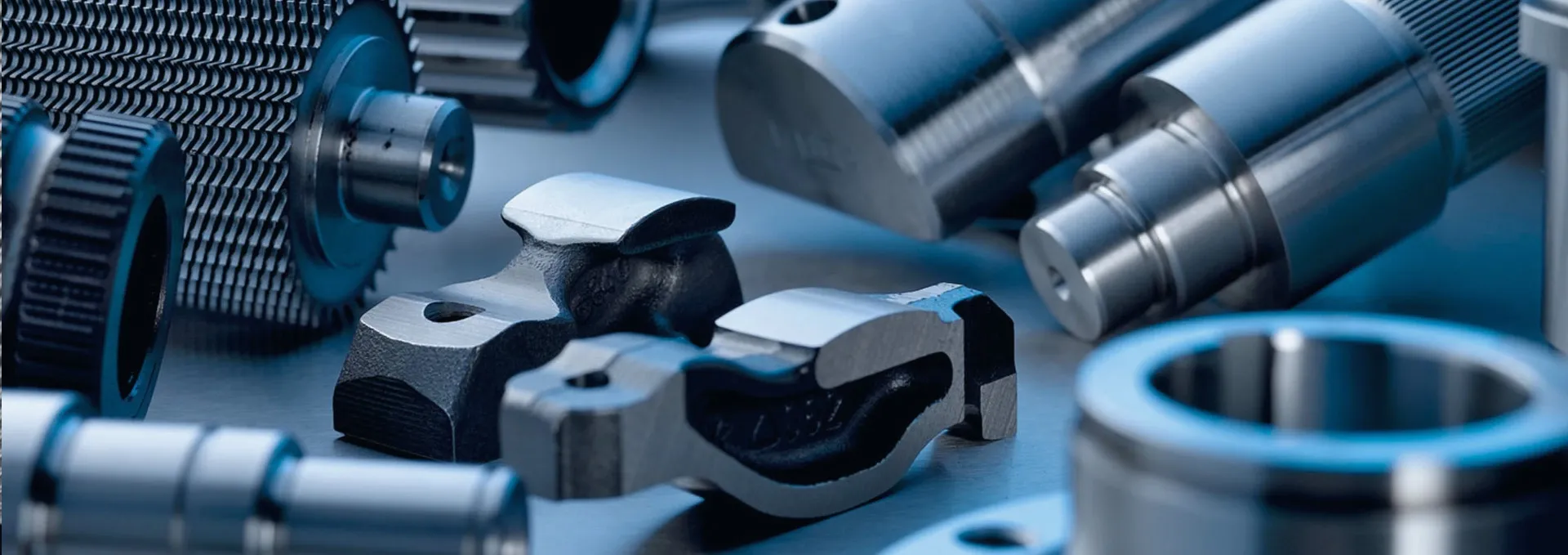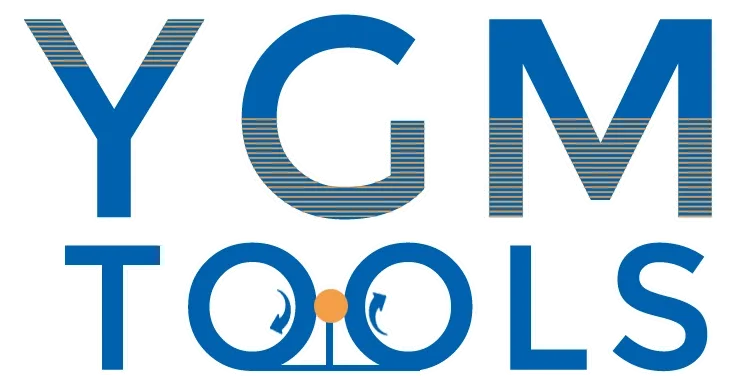
-
 Afrikaans
Afrikaans -
 Albanian
Albanian -
 Amharic
Amharic -
 Arabic
Arabic -
 Armenian
Armenian -
 Azerbaijani
Azerbaijani -
 Basque
Basque -
 Belarusian
Belarusian -
 Bengali
Bengali -
 Bosnian
Bosnian -
 Bulgarian
Bulgarian -
 Catalan
Catalan -
 Cebuano
Cebuano -
 Corsican
Corsican -
 Croatian
Croatian -
 Czech
Czech -
 Danish
Danish -
 Dutch
Dutch -
 English
English -
 Esperanto
Esperanto -
 Estonian
Estonian -
 Finnish
Finnish -
 French
French -
 Frisian
Frisian -
 Galician
Galician -
 Georgian
Georgian -
 German
German -
 Greek
Greek -
 Gujarati
Gujarati -
 Haitian Creole
Haitian Creole -
 hausa
hausa -
 hawaiian
hawaiian -
 Hebrew
Hebrew -
 Hindi
Hindi -
 Miao
Miao -
 Hungarian
Hungarian -
 Icelandic
Icelandic -
 igbo
igbo -
 Indonesian
Indonesian -
 irish
irish -
 Italian
Italian -
 Japanese
Japanese -
 Javanese
Javanese -
 Kannada
Kannada -
 kazakh
kazakh -
 Khmer
Khmer -
 Rwandese
Rwandese -
 Korean
Korean -
 Kurdish
Kurdish -
 Kyrgyz
Kyrgyz -
 Lao
Lao -
 Latin
Latin -
 Latvian
Latvian -
 Lithuanian
Lithuanian -
 Luxembourgish
Luxembourgish -
 Macedonian
Macedonian -
 Malgashi
Malgashi -
 Malay
Malay -
 Malayalam
Malayalam -
 Maltese
Maltese -
 Maori
Maori -
 Marathi
Marathi -
 Mongolian
Mongolian -
 Myanmar
Myanmar -
 Nepali
Nepali -
 Norwegian
Norwegian -
 Norwegian
Norwegian -
 Occitan
Occitan -
 Pashto
Pashto -
 Persian
Persian -
 Polish
Polish -
 Portuguese
Portuguese -
 Punjabi
Punjabi -
 Romanian
Romanian -
 Russian
Russian -
 Samoan
Samoan -
 Scottish Gaelic
Scottish Gaelic -
 Serbian
Serbian -
 Sesotho
Sesotho -
 Shona
Shona -
 Sindhi
Sindhi -
 Sinhala
Sinhala -
 Slovak
Slovak -
 Slovenian
Slovenian -
 Somali
Somali -
 Spanish
Spanish -
 Sundanese
Sundanese -
 Swahili
Swahili -
 Swedish
Swedish -
 Tagalog
Tagalog -
 Tajik
Tajik -
 Tamil
Tamil -
 Tatar
Tatar -
 Telugu
Telugu -
 Thai
Thai -
 Turkish
Turkish -
 Turkmen
Turkmen -
 Ukrainian
Ukrainian -
 Urdu
Urdu -
 Uighur
Uighur -
 Uzbek
Uzbek -
 Vietnamese
Vietnamese -
 Welsh
Welsh -
 Bantu
Bantu -
 Yiddish
Yiddish -
 Yoruba
Yoruba -
 Zulu
Zulu
Precision Thread Rolling Tools | Optimized Performance
Industry Overview: Thread Rolling Tool Market Trends and Innovations
The thread rolling tool landscape has experienced remarkable growth over the past decade, integrating advanced engineering, automation, and materials science. Recent industry reports project the global thread rolling machine market to surpass $1.3 billion by 2028, growing at a CAGR of 5.3% (Source: MRFR), driven by high demand from automotive, construction, and oil & gas sectors.
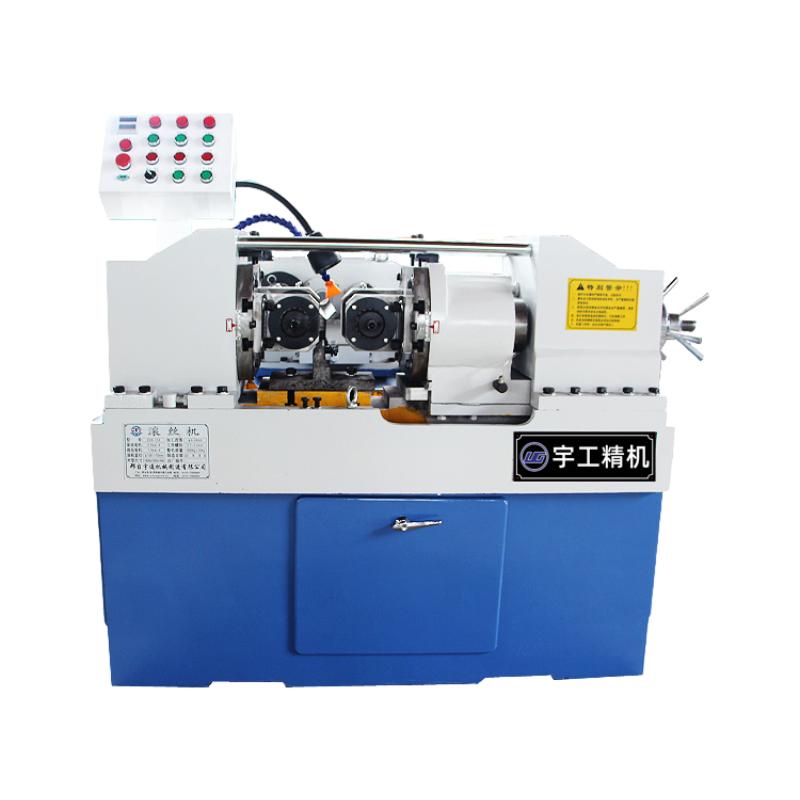
- Flat Die Thread Rolling Machine: Renowned for precision and high repeatability especially in mass production of fasteners.
- Small Thread Rolling Machine: Preferred in electronics, hardware, and medical screw manufacturing due to compactness and fine-thread capabilities.
- Hydraulic Thread Rolling Machine: Valued for high output force, adaptable to a range of bar diameters and hard-to-deform materials.
In a technology-driven era, the choice and performance of the thread rolling tool become critical for industrial competitiveness, energy savings, and product quality.
Key Technical Parameters: Understanding the Thread Rolling Tool
| Tool Type | Typical Material | Hardness (HRC) | Thread Range | Surface Coating | Standard | Expected Life (pcs) | Key Feature |
|---|---|---|---|---|---|---|---|
| Flat Die | HSS / Carbide | 58–65 | M2–M36 | TiN / Nitrided | ISO 965 / ANSI B1.1 | 250,000+ | High-volume, versatile |
| Round Die | Alloy Steel | 56–62 | M1–M64 | Black Oxide | DIN 13 | 120,000+ | Consistent pitch control |
| Segment Die | HSS | 60–63 | M10–M100 | TiCN | ANSI / ISO | 90,000–180,000 | For large threads |
The specifications above demonstrate how selecting the right thread rolling tool matches both target material and production scale, directly impacting tool life, surface finish, and strength retention.
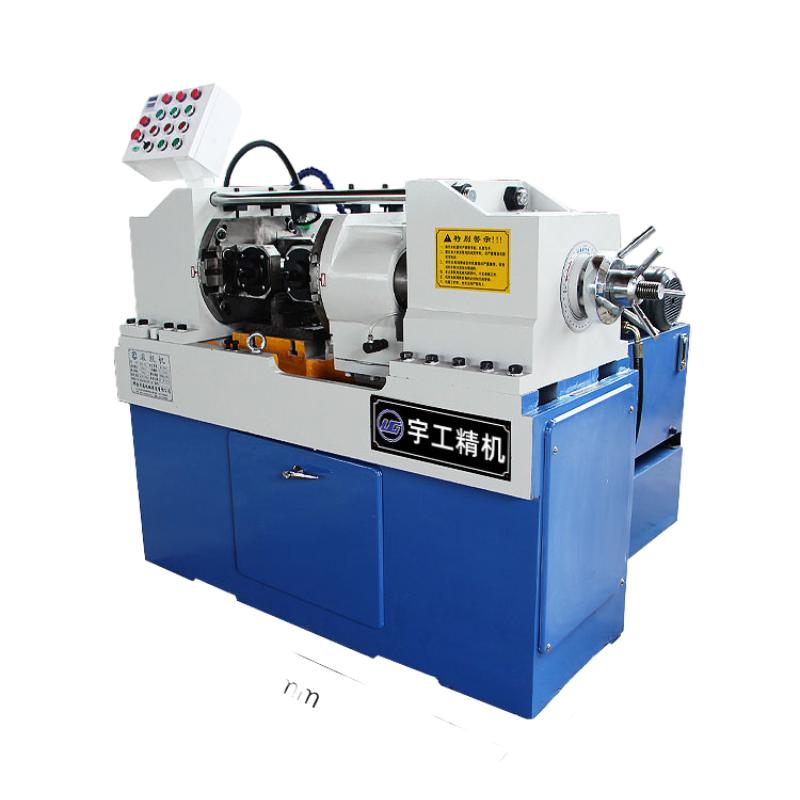
Advanced Manufacturing: Automatic Nut and Bolt Threading Rod Thread Rolling Machine
Product Name: Automatic Nut and Bolt Threading Rod Thread Rolling Machine — Product Info
Manufacturer: Motetools
Certification: ISO 9001:2015, CE standard compliance
Process Flow Diagram: Thread Rolling Tool Integration
Material Loading
Align Flat Dies
Press Rod
Rolling Movement
Dimensional Check
Packing
Selected Material: The thread rolling tool here utilizes M2 high-speed steel or tungsten carbide for outstanding hardness and wear resistance.
Manufacturing Techniques: Core components are made via forging + CNC contouring, heat treatment at 1220–1280°C, and precise grinding to meet ISO 965 threading standards.
- Surface Coating: Multi-stage nitriding, reaching a surface hardness of up to 68HRC, enhances tool longevity and anti-corrosion in acid/base environments (as used in petrochemical and metallurgy industries).
- Quality Control: 100% gauge verification (roll, plug, and ring gauges), in-process SPC charts, batch traceability, and compliance with ISO 9001:2015 QMS.
- Key Advantages: Energy-efficient hydraulic actuation (up to 25% power saving), heavy-duty stability, swift die changeover, and minimal maintenance downtime.
- Applicable Industries: Oil & Gas, Structural steel, Waterworks, Precision hardware, Automotive, Energy infrastructure.

Product Specification Table
| Parameter | Spec 1 (Standard Model) | Spec 2 (Custom Model) | Unit |
|---|---|---|---|
| Thread Range | M6–M42 | M10–M64 | |
| Bar/Length Capacity | up to 4,000 mm | up to 6,000 mm | mm |
| Max Rolling Force | 120 kN | 250 kN | kN |
| Cycle Time | ~11 sec/rod | ~13 sec/rod | sec |
| Die Type | Flat/Segment | Flat (Customizable) | |
| Motor Power | 7.5 kW | 11 kW | kW |
| Control Interface | PLC Touchscreen | PLC/SCADA | |
| Lubrication | Auto MQL/Forced Oil | Auto/Custom | |
| Certifications | ISO, CE | ISO, IEC |
*Data source: Motetools Tech Docs, ISO 965, DIN 976 standards. Higher models available for customized parameters.
Data Visualization: Product Technology Indicators & Market Comparison
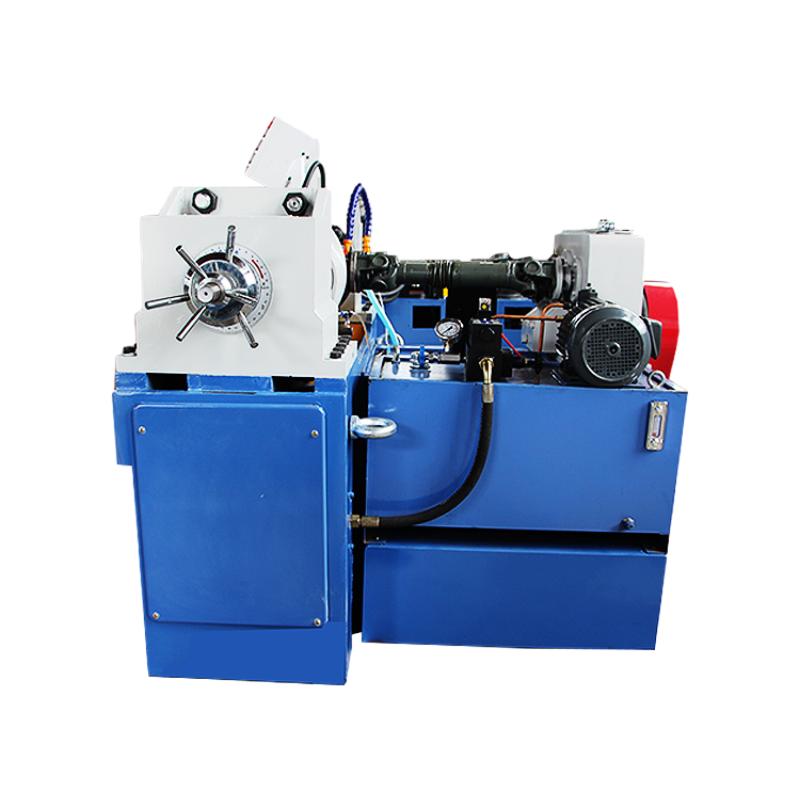
Technology Edge: Thread Rolling Tool vs. Conventional Solutions
| Machine Type | Forming Method | Max Speed (/min) |
Surface Finish (Ra) | Operator Needed | Tool Lifespan | Energy Efficiency |
|---|---|---|---|---|---|---|
| Flat Thread Rolling | Displacement Rolling | 60–150 | <0.8 μm | 1 | Very High | ★★★★★ |
| Hydraulic Rolling | Hydraulic Displacement | 40–110 | <1.1 μm | 1 | High | ★★★★☆ |
| Cut-Thread Lathe | Subtractive Turning | 18–35 | 1.6–3.2 μm | 1–2 | Moderate | ★★★☆☆ |
Customization & Solution Engineering: Meeting Your Unique Needs
Motetools provides both standard and highly customized thread rolling tool solutions. Customization options include:
- Die profile & pitch code: ISO, UNC, BS, Metric, Acme, and special thread forms.
- Built-in cooling/lubrication channels for high-temperature or high-speed production environments.
- Automation Upgrades: Integration with robotic loader/unloader and smart PLC network.
- Advanced coatings: TiN, CrN, DLC, or custom for specialty corrosion resistance or long lifespan in aggressive media.
- Material traceability: Roll tools delivered with full batch report and chemical composition certification.
Challenge: Demanding resistance to rust and chemical attack on threaded rods used in municipal water treatment.
Solution: Molybdenum-alloyed thread rolling tools, TiN surface finish, and PLC-integrated flat die machine delivery.
Outcome: 22% increase in rod service life, nearly zero thread failure within first 3 years.
Challenge: Thread uniformity and high speed for structural bolts.
Solution: 2-station hydraulic rolling machine, customized die profile, and autocalibration.
Outcome: Productivity increased by 31%, significant cost savings observed in tool regrinding.
Real-World Applications and User Experience
- Oil & Gas: Large diameter steel rods and pipelines (anti-corrosion & high fatigue required)
- Automotive: Drive shaft fasteners, lug bolts, brake system rods
- Construction: Rebar threading, anchoring, and seismic reinforcement bars
- Water Management: Corrosion-proof rods for treatment plants and marine applications
- Electronics/Small Parts: Precision micro-thread forming in connectors and terminals
Customer Feedback: “Switching to Motetools’ automated thread rolling tool system cut our thread rejection rate by 80%. Operator training was seamless thanks to their PLC touchscreen HMI.” — F.J., Plant Manager, Metallurgy Sector
Delivery & Service:
- Standard models: 10–15 working days ex-works delivery
- Custom orders: 3–6 weeks, including sample validation and factory acceptance test
- Warranty: 24-month warranty, global technical phone/online support
- On-site commissioning and operator training available internationally
Conclusion: Your Trusted Thread Rolling Tool Partner
The selection and integration of an efficient thread rolling tool—especially the automatic nut and bolt threading rod thread rolling machine—is critical for consistent quality, industrial cost-effectiveness, and competitive manufacturing. By leveraging high-grade materials, ISO-compliant process controls, and data-driven tooling, businesses achieve measurable advantages in output and service life.
Industry voices and professional journals highlight the rapidly growing adoption of advanced thread rolling technologies across sectors (see “Modern Thread Forming,” National Machinery Articles; ScienceDirect).
For further technical advice, performance data, or tailored thread rolling tool quotes, contact Motetools’ engineering team—trusted by major industries worldwide.
